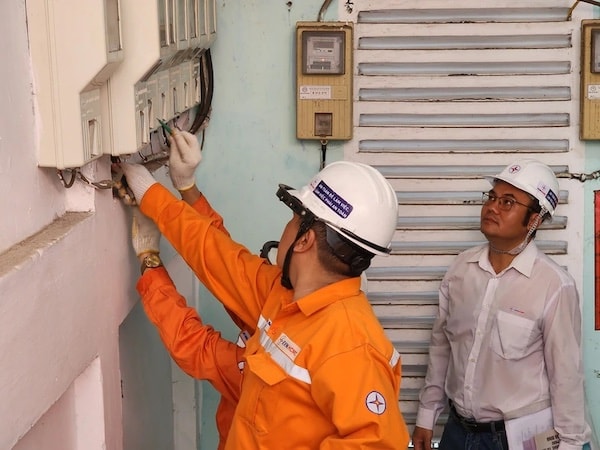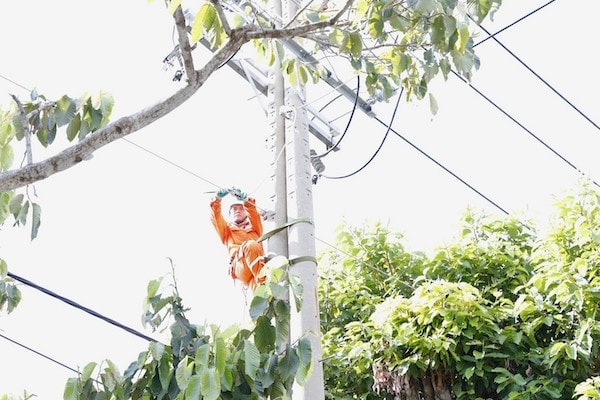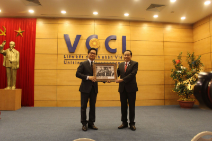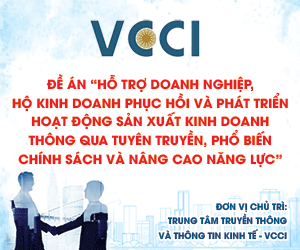Ho Chi Minh City (Ba Ria - Vung Tau area): Power sector keeps pace with development needs
With the rapid pace of urbanization and industrialization, energy demand—especially electricity—has risen sharply. The power sector in Ho Chi Minh City (Ba Ria - Vung Tau area) has made continuous efforts to meet development requirements in a timely manner.

Located in Vietnam’s key southern economic region, Ho Chi Minh City (Bà Rịa - Vũng Tàu area) is gradually affirming its position as a central hub for maritime economy, industry, and tourism. Ensuring a stable, safe, and reliable power supply is not only essential for sustainable development but also a key driver to attract investment and enhance the city's competitiveness.
Persistent barriers
According to economic experts, Ho Chi Minh City (Bà Rịa - Vũng Tàu area) serves as a gateway to the sea in the South, home to the internationally significant Cái Mép – Thị Vải deep-water port system, alongside booming industrial zones and tourist sites. These factors create a large and steady electricity demand, providing the motivation for the power sector to expand and upgrade infrastructure. Industries such as oil and gas, chemicals, steel, and logistics are major consumers, helping secure output and revenue for the power sector.
Fully aware of electricity’s role in economic growth, the local government has enacted supportive policies to facilitate electricity planning, construction, and land clearance for power projects—removing bottlenecks and accelerating implementation.
Early and consistent investment, coupled with a highly skilled workforce, has enabled the local grid to expand notably in both scope and capacity. Transformer stations and transmission and distribution lines have been built and upgraded, gradually forming a robust network connected to the national grid, ensuring widespread power transmission and distribution.
However, with robust industrial growth and many new large-scale projects and industrial parks entering operation, the city’s annual power demand growth is exceptionally high—placing immense pressure on supply and necessitating timely, synchronized investments.
Moreover, building new power infrastructure often faces difficulties in land clearance, planning, compensation, and relocation of homes and vegetation, causing project delays. High-tech investors require high-quality, uninterrupted electricity. Any power outage may result in significant economic losses, placing great pressure on the power sector to ensure grid safety and minimize disruptions.
Some transmission lines and substations were built long ago using outdated technology and have deteriorated, no longer meeting current needs. Renovation requires large capital and time, while still ensuring uninterrupted electricity. Meanwhile, increasingly erratic weather patterns—storms, whirlwinds, heavy rain, high tides—directly impact the grid, causing damage and supply interruptions.
Synchronized solutions for safe, stable electricity supply
According to Mr. Trần Thanh Hải, Deputy Director of Vũng Tàu Power Company, the electricity sector in Ho Chi Minh City (Bà Rịa - Vũng Tàu area) has closely followed national power development and socio-economic plans to invest in power grids from 110kV down to medium and low voltage levels. Priority is given to key industrial and urban development zones and major investment projects. Investments are methodically implemented with clear roadmaps to ensure efficiency and coordination.
At the same time, operations management has been tightened through regular inspections, maintenance, and both major and minor repairs. New technologies are applied to detect issues early (e.g., thermal imaging, partial discharge detectors, drones) to reduce response time and enhance reliability. Maintenance of grid safety corridors is prioritized to prevent tree-related or foreign-object-related incidents.
To boost digital transformation and build a smart grid, the sector has invested in SCADA/DMS systems and remote control centers that enable operators to monitor the entire grid remotely—tracking lines, loads, voltages, and currents at substations and key nodes.
In the event of an incident, the system automatically alerts staff, who can remotely isolate faults, reducing outage time. It also supports data analysis to forecast loads and optimize operations. The smart metering systems (AMI/AMR) enable accurate, real-time electricity readings, reduce manual errors, and help customers track and optimize usage. The entire grid is digitized via GIS-based maps, improving asset management and network visualization.
Additionally, the electricity sector proactively collaborates with large enterprises to adjust production schedules, shift loads to off-peak hours, and promote on-site renewable energy (e.g., rooftop solar) to ease grid pressure and enhance energy autonomy.

The power sector in Ho Chi Minh City (Bà Rịa - Vũng Tàu area) intensifies investment in upgrading and repairing the grid to ensure reliable power supply
Efforts have been made to simplify procedures for new electricity connections, especially for large investment projects. Service timelines have been shortened to facilitate investor needs. Multiple customer service channels (24/7 call centers, websites, mobile apps) ensure timely, transparent handling of customer inquiries.
To make Ho Chi Minh City (Bà Rịa - Vũng Tàu area) a prime investment destination, coordination between the electricity sector and local departments is key. The local power utility has proactively implemented the directions of Ho Chi Minh City Power Corporation (EVNHCMC), working with the Departments of Finance and Construction from the early stages of urban and industrial planning, enabling the power sector to anticipate load growth and plan suitable investments, ensuring the grid stays “one step ahead” of economic development.
In parallel, the sector works with the Departments of Agriculture and Environment on land and legal issues for project sites, speeding up land handovers and avoiding delays. Collaboration with the Department of Industry and Trade supports efficient electricity use and energy-saving initiatives.
Administrative procedures related to power supply and construction permits are being simplified and digitized, allowing businesses to submit applications and track progress online—saving time and cost.
The sector has strongly pushed scientific and technological applications in grid construction and management to improve reliability. Amid Vietnam’s broader digital transformation, the power sector has digitized operations, including the use of electronic signatures in administration, contracts, reports, and internal documents—reducing paperwork, saving costs, and enhancing security.
All electricity bills have been converted to e-invoices. Cashless payment methods (bank transfers, e-wallets, internet banking) are widely promoted for customer convenience and safety.
Digital signatures reduce human error, improve information accuracy, and speed up service delivery for customers and investors alike.
Driving sustainable growth through innovation
With continuous efforts in planning, investment, operations, and cutting-edge technology, the power sector in Ho Chi Minh City (Bà Rịa - Vũng Tàu area) plays a vital role in ensuring safe, stable, and reliable electricity for socio-economic development. Strong coordination with local authorities is crucial in creating an attractive investment environment and turning the city into a key economic hub in southern Vietnam. The sector pledges to continue innovating, improving service quality, and accompanying the city on its path to sustainable growth.








